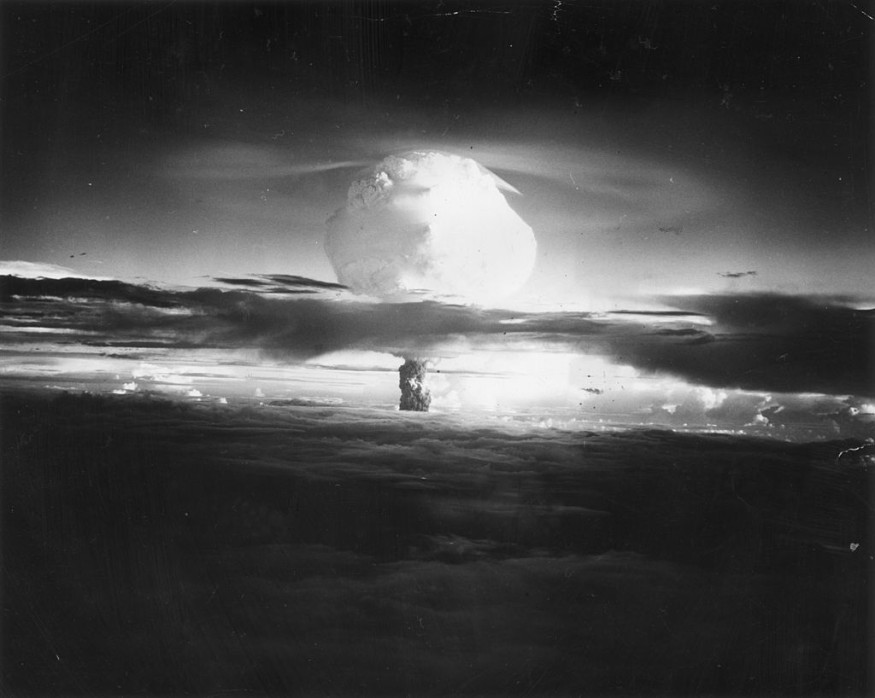
It has been more than a decade since the United States, the United Kingdom, and the Soviet Union discontinued testing nuclear bombs in the atmosphere, and it has been two decades since thermonuclear fusion weapons were introduced into the military arsenal of the big nations.
Although our grasp of thermonuclear weapon technology is advanced today, our understanding of the physical and biological implications of nuclear war is still growing.
The National Academy of Sciences had been asked by the Arms Control and Disarmament Agency to conduct studies that tended to focus primarily on radioactive fallout from a nuclear war; an important aspect of this new study was its investigation into all consequences, including the effects of large-scale nuclear detonations on the ozone layer, which protects life on Earth from the sun's ultraviolet radiations.
It was calculated that if a complete explosion of 10,000 megatons occurred, as much as 30-70 percent of the ozone in the northern hemisphere (where a nuclear war would most likely occur) and as much as 20-40 percent in the southern hemisphere would be destroyed. Recovery would take three to ten years, but the Academy's report warns that long-term global effects cannot be ruled out.
Nuclear War Reduces Earth's Ozone Layer's Concentration
Reduced ozone concentrations would have a variety of effects outside of the locations where the detonations took place. Increased UV radiation may be accompanied by a reduction in average temperature. The most significant changes would occur at higher latitudes, where agricultural output and ecological balances are highly reliant on the number of frost-free days and other average temperature-related variables. According to the Academy's research, ozone alterations caused by nuclear war may reduce global surface temperatures by as little as a few degrees.
As a terrifying consequence of the widespread deployment of nuclear weapons, the risk of a significant increase in UV radiation has been added to widespread radioactive fallout. And it is conceivable that, in the case of an all-out nuclear war, humankind will have to deal with much more nuanced and complex global processes that might endanger the health of remote people.
Profound Consequences to the Survivors of the Initial Blasts
UV radiation fluctuations have been related to everything from skin cancer to agricultural processes to the survival of entire ecosystems, so having a lot more of it arrive on our planet would have significant consequences for everybody and everything who survived the early blasts.
"Conditions would change significantly," says atmospheric scientist Charles Bardeen of the National Center for Atmospheric Research (NCAR) in Colorado. "Adaptations that may work at first would not help when temps rise back up and UV radiation increases."
The researchers looked at the effects of both a regional and a global nuclear war, with the goal of incorporating as many of these different considerations as possible to show the potential differences between global and regional nuclear war - with the result being that there is no escaping the effects over the next few decades, no matter where you are on the planet.
According to Charles Bardeen, "In addition to all the fatalities that would happen almost immediately, the climate effects and the UV effects would be widespread."
© 2026 NatureWorldNews.com All rights reserved. Do not reproduce without permission.





